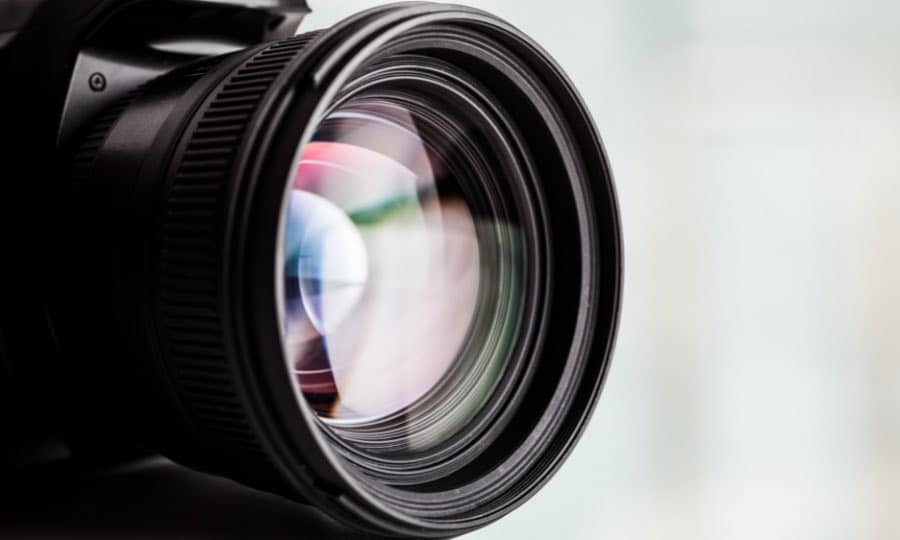Understanding When Photography Becomes Art
Once upon a time the only way we had of capturing an image of a person, a building or a landscape was to draw them. Sketching was a pastime undertaken by many people and professional artists were called upon to record important information in the form of paintings.
The invention of the camera changed this, and it became possible to capture a likeness of a person or place that was exactly what everyone saw rather than an artist’s interpretation. It no longer mattered how close to the subject matter, or what was in front of them. More recently, photography has evolved even further with the increased popularity of the digital camera which allows a photographer to capture huge quantities of images in order to get the perfect shot, without the costly price of film and developing that they would have incurred in the past.
Photography as art has developed even further. Sophisticated editing programs allow almost anyone to take a photograph, upload it and then manipulate certain aspects of it. They can add effects, change colors and of course crop it in order to produce exactly the image they have in mind.
Is photography art?
For many decades the argument about whether photography is art has divided artists and critics. There are several main arguments that have been put forward over the years.

The first argument proposes that photography is not art because it is produced by a machine rather than a human. When photography came about it was seen as a real threat to traditional art, which up until that point was the only visual way in which things could be recorded. Although the early photos were blurry and unable to focus on all the details, they were able to capture images far quicker than artists and this worried them. These artists certainly didn’t believe that photography was art.
A second view was also held on the subject, and this was that photography could in fact be incredibly helpful to artists, capturing details relatively quickly that could then be referred to later, and often in a different location. This could help them with a painting or sketch. However despite accepting how useful photography was, it was not seen as an equal to art.
The third argument was held by a group that included hobbyists and they felt that photography could be considered to fall into the same category as things like lithography and etching and had the potential to be considered an art form at some point later on in the future.
Photography in history
It is undeniable that over the years photography has certainly had its place, and an incredibly relevant one, in the world of art. There are times when only a snap second photograph could capture the events taking place; photographs that were later used by great artists to produce important works of art. As camera technology has improved, it has become possible to move away from simple portrait and landscape photography and manipulate photographic images through clever use of shutter speed, and clever composition.
Whilst not every photograph that is taken is art there are certainly instances where the vision that a photographer has for the photo they are looking to take brings their image into the realm of art. This elevates it beyond simple photography. Sometimes referred to as fine art photography, these photographs are images where the photographer has a vision of what they want to achieve and it goes beyond what people are expecting.
These images ensure the viewer is drawn to a photograph and needs to look deeper in order to understand exactly what is going on, which to many, makes it art.


